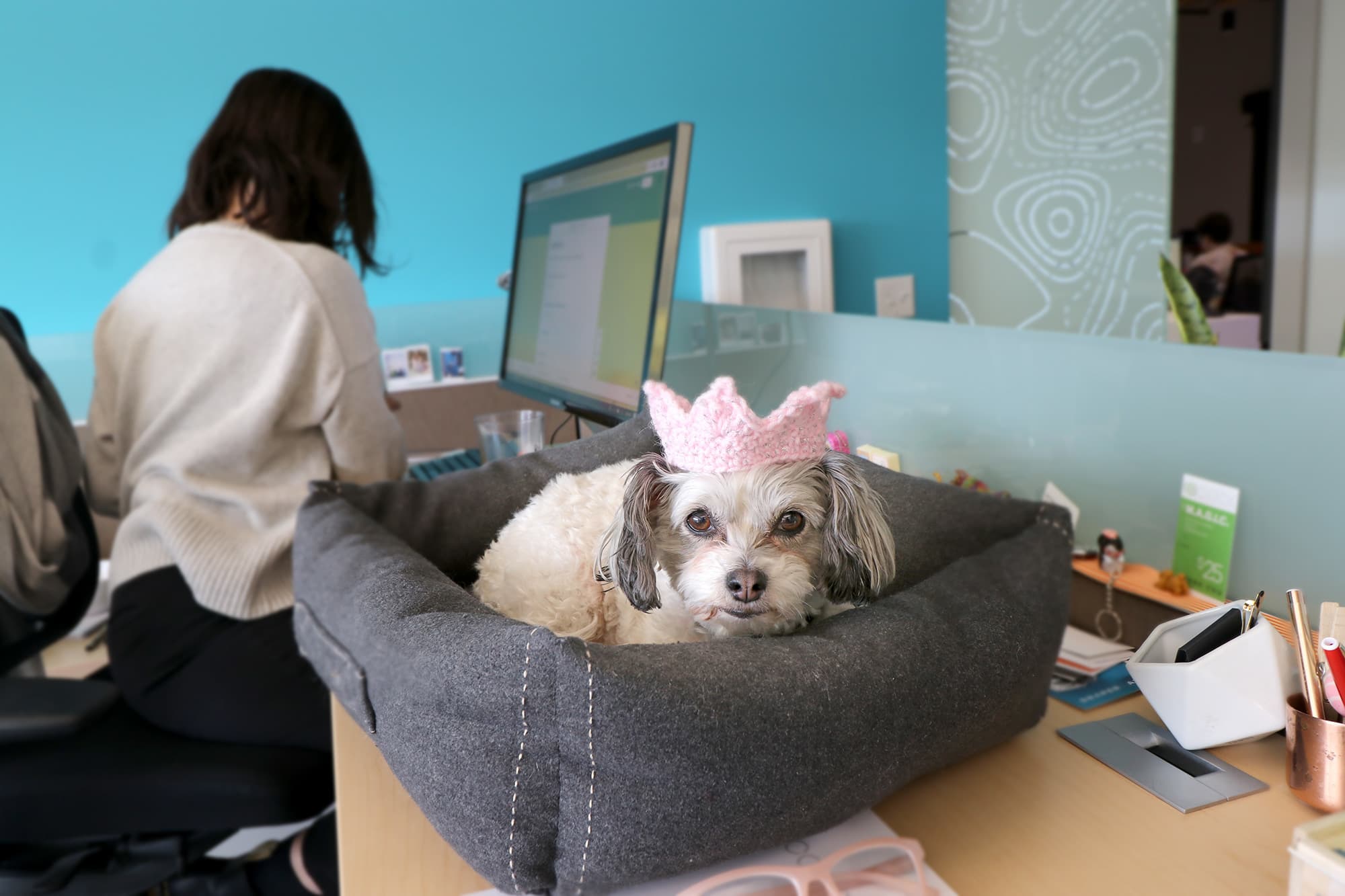My business is going to the dogs…
I drafted our very own “common sense/common courtesy” dog policy. I’m sharing it below in case it helps illuminate a path for any other small business owners grappling with this same issue.
My business is going to the dogs…
Stop Design Thinking From Becoming 'Innovation Theater'
Too many times design thinking projects fall victim to the trappings of innovation theater. Here's how not to let that happen.
Read more
Inspiration Index 10-13-20
Since Covid, "water cooler" chats at Delve's three offices are now largely happening on Microsoft Teams, where we're sharing what we're reading and listening to with each other. We're compiling some of the best nuggets into what we're calling an "Inspiration Index," that we'll share on a bi-weekly basis. We hope you discover something that will inspire - or at least intrigue - you.
Read more
10 steps to help combat design tunnel vision
Have you ever been given a physical tool to help you complete a task when what you really needed was information or support?
Read more
SXSW Day Two: Place and community building in a hyper-connected global economy
Today at SXSW we dug into the concept of place. Below is a quick look into what we saw, heard and thought.
Read more
Observations from HIMSS 2019
If you want to develop empathy for anyone in the healthcare business, all you have to do is walk the floor at the Healthcare Information and Management Systems Society (HIMSS) Conference.
Read more
How Might We Improve Pizza Delivery? With Creative Matrix
Creative Matrix is a brainstorming method that helps structure the necessary "in-between" work between research and ideation. We demonstrated the technique.
Read more
